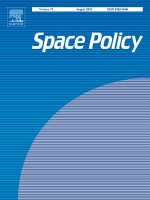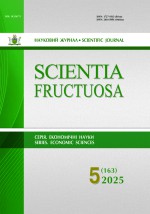Regionalisation of Higher Education Services in Europe and East Asia and Potential for Global Change

International provision of higher education services in both European and East Asian countries increasingly have a regional dimension. The European Union has since 1987 promoted the mobility of students, faculty, and content through its Erasmus Programmes. The ‘Bologna’ process that began in 1998/1999 now brings over 40 European countries together to create a European Higher Education Area by the end of the current decade. Meanwhile, East Asian countries (10 in ASEAN, plus P.R. China, Japan and South Korea) are also in a process of internationalising their higher education sector with an increasing regional component. Led by Japan, the “ASEAN+3 study group on facilitation and promotion of exchange of people and human resource development” advanced a comprehensive report, welcomed by the East Asian leaders meeting in October 2003, that strives for regional promotion of lifelong learning programs; credit transfer systems; scholarships and exchange programs for students, faculty, staff; research and development cooperation; ‘centres of excellence’ including e-learning; and curricular development as bases for common regional qualification standards among interested institutions. Both regional processes could reinforce each other in various ways, but possibly chiefly through the Asia–Europe Meeting (ASEM) process, unique among various recent inter-regional dialogue and cooperation processes around the world. Moreover, European and East Asian converging higher education processes could help the rest of the world through world inter-regionalism, and through an overhaul of international organisations dealing with higher education.



